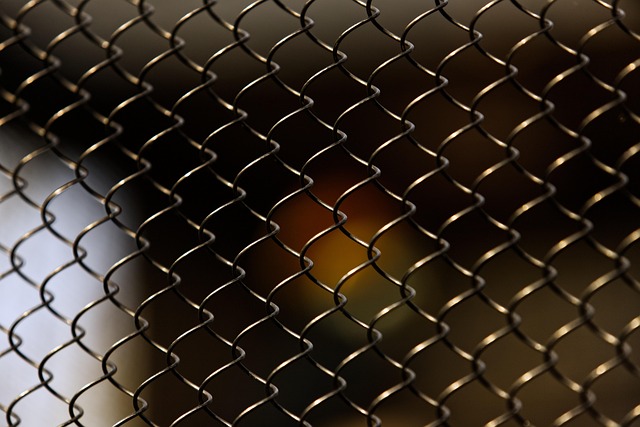In New Bedford, a fence not only defines property boundaries but also enhances curb appeal and provides security. However, maintaining fences against weathering, pests, and foot traffic can be challenging. This article offers an in-depth guide to navigating the process of fence repair and installation in New Bedford, from identifying common issues like rot and damage to selecting durable materials. We’ll walk you through each step, provide maintenance tips, and ensure your new or repaired fence stands strong for years to come.
- Understanding Common Fence Issues in New Bedford
- The Process of Fence Repair and Installation
- Choosing the Right Materials for Durability
- Tips for Maintaining Your New Fence
Understanding Common Fence Issues in New Bedford
Fences in New Bedford, like anywhere, face a range of issues due to environmental factors and normal wear and tear. One of the most common problems is rot, particularly in wooden fences, caused by prolonged exposure to moisture. This isn’t just an aesthetic issue; it weakens the structure, making it unsafe and unsound. Holes and cracks often develop, requiring prompt repair to prevent further damage and costly replacements.
Another frequent issue is damage from local wildlife, such as deer or small animals, which can leave significant marks on fences. These incidents are not only visually displeasing but can also compromise the fence’s integrity, especially if left unrepaired. Additionally, improper installation or poor-quality materials can lead to misalignments, uneven heights, and loose posts, all of which affect the overall appearance and functionality of the fence.
The Process of Fence Repair and Installation
The process of fence repair and installation involves several key steps. First, assess the current state of your fence to identify any damage or necessary replacements. This includes examining posts, rails, and panels for rot, rust, or other signs of wear and tear. Once the assessment is complete, determine the scope of work required—whether it’s a simple repair like replacing a few boards or a complete installation of a new fence.
Next, gather the necessary tools and materials, including replacement parts, fasteners, and protective gear. Prepare the area by removing any obstacles and ensuring proper drainage to prevent future issues. Install new posts, rails, and panels according to manufacturer guidelines, using concrete for secure footing. Regularly inspect and maintain your fence to ensure longevity and protect your property.
Choosing the Right Materials for Durability
When it comes to fence repair and installation, selecting the right materials is paramount for ensuring longevity and durability. Steel and vinyl are two popular choices due to their resistance to rust, rot, and damage from weather conditions. Each material offers unique advantages; steel provides exceptional strength and security while vinyl is known for its low-maintenance nature and ability to mimic wood without requiring staining or painting.
Consider factors like climate, traffic patterns, and personal preferences when making your selection. For instance, in regions with harsh winters, steel may be a better investment due to its superior cold resistance. Conversely, vinyl fences excel in areas prone to heavy rainfall or where minimizing maintenance is a priority.
Tips for Maintaining Your New Fence
Keeping your new fence in top condition is essential to ensure its longevity and aesthetic appeal. Regular cleaning is a fundamental aspect of maintenance; use a soft brush or hose to remove any dirt, debris, or leaves that accumulate on the fence. Avoid powerful pressure washers, as they can damage the fence’s surface.
Inspections are another vital step. Periodically check for loose posts, rotten sections, or any signs of wear and tear. Repairs should be addressed promptly to prevent further deterioration. Painting or sealing your fence annually will also protect it from the elements, maintaining its color and preserving the material.
